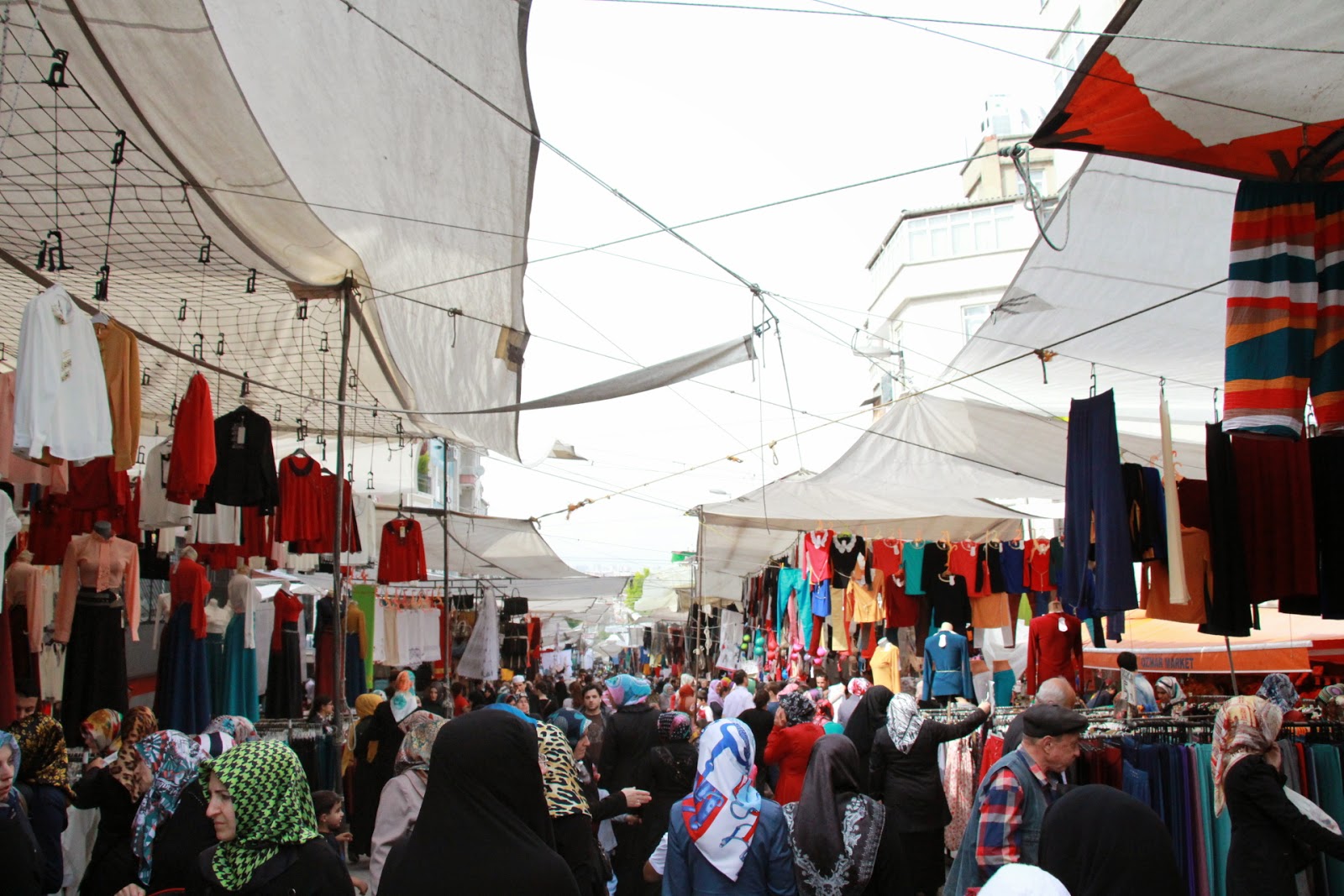Assalamu'alaikum,
Hamba begitu sibuk 2 bulan ini sampai tak sempat nak kemaskini blog ini. Dah nak habis bulan Ogos, ini merupakan artikel pertama. Selepas ziarah Maqam Sultan Muhammad al-Fatih, hamba beriktikaf sekejap di Masjid Sultan Muhammad al-Fatih yang terletak dalam satu kawasan yang sama. Hamba kira ia antara Masjid yang 'perlu diziarahi' bagi pejuang Islam jika ke Istanbul. Wassalam.
sumber : http://en.wikipedia.org/wiki/Fatih_Mosque,_Istanbul
Sahn-ı Seman Medrese, a main center for the study of various traditional Islamic sciences such as theology, law, medicine, astronomy, physics and mathematics, were part of the Fatih Mosque and were founded by the Turk astronomer
Ali Qushji who was invited by Fatih Sultan Mehmed to his court in Istanbul.
History[edit]

Aerial view of the Fatih Mosque and the surrounding
Külliye.
The original complex included a set of well-planned buildings constructed around the mosque. They include eight
medrese, library, hospital, hospice,
caravanserai, market,
hamam, primary school and public kitchen (
imaret) which served food to the poor. Various
türbe were added at a later dates. The original complex covered an almost square area 325 meters on a side, extending along the
Golden Horn side of Fevzipasa Street.
The original mosque was badly damaged in the
1509 earthquake, after that it was repaired, but was then damaged again by earthquakes in 1557 and 1754 and repaired yet again. It was then completely destroyed by an earthquake on 22 May 1766 when the main dome collapsed and the walls were irreparably damaged. The current mosque (designed on a completely different plan) was completed in 1771 under Sultan
Mustafa III by the architect, Mimar Mehmet Tahir.
Architecture[edit]
Exterior[edit]

Appearance of the Fatih Mosque before the earthquake, painted in 1559.
The first Fatih mosque had one central dome supported by a single semi-dome of the same diameter on the qibla side and suspended on four arches, its dome was 26 meter in diameter.
[1] The second mosque which was built (1771) by Sultan
Mustafa III after the 1766 earthquake, was built on a square plan. It has one central dome supported by four semi-domes.
[1] The courtyard, main entrance portal and lower portions of the minarets remain from the original construction, with the remainder consisting of the 1771
Baroque reconstruction.

The Fatih Mosque Dome Outside
Interior[edit]
The present interior of the Fatih Mosque is essentially a copy of earlier designs invented by
Sinan re-used repeatedly by himself and his successors throughout Istanbul (this technique is emulative of the Hagia Sophia). The 26 meter diameter center dome is supported by four semi-domes on each axis supported by four large marble columns. There are two
minarets each with twin galleries. The
calligraphy within the mosque and the
mimbar exhibit a
Baroque influence, but the white tiles of inferior quality are a poor comparison with the
İznik tiled splendor of mosques such as the
Rüstem Pasha Mosque. The
mihrab dates from the original construction.
[1]
Complex[edit]
As with other imperial mosques in Istanbul, the Fatih Mosque was designed as a
kulliye, or complex with adjacent structures to service both religious and cultural needs.
To the north and south of the mosque are the
Sahn-ı Seman, eight great medrese, four to each side. These buildings are symmetrical, and each contains 18 cells for students (each housing four youths) and a
dershane. Behind each was an annex, about half as large as the medrese itself, all of which have been destroyed as a result of road construction. The medreses provided for about a thousand students, making it a large university for its time.

Historical photo taken between 1888-1910
The Hospice (
taphane) is outside the southeast corner of the mosque precincts. The building has a beautiful courtyard supported by 16 exceptional columns of
verd antique and granite, which were probably salvaged from the Church of the Holy Apostles. Opposite the hospice is the large
türbe of Sultan
Mahmud II's mother, Naksh-i Dil Sultana.
In the graveyard on the
kiblah side behind the mosque are the
türbe of Sultan
Mehmet II and his wife
Gulbahar Hatun. Both were reconstructed after the earthquake. The türbe of the Conqueror is very baroque with a lavishly decorated interior. The türbe of Gulbahar is simple, with classic lines, and may closely resemble the original. In addition, the graveyard has a large number of graves belonging to leading state officials, including
Osman Nuri Pasha.
On the
kiblah side of the mosque, connected to it, is a domed library which was built in 1724. One of its doors opens onto the street, while the two other open onto the inner courtyard of the mosque. The library is presently undergoing repairs, and the books are under protection at the Suleymaniye Library.
The
caravanserai in the complex was repaired in the 1980s and combined with new shops to begin functioning as a workplace. The hospital, market, kitchens and hammam belonging to the original complex no longer exist.
See also[edit]
- ^ Jump up to:a b c d e f g Encyclopedia of the Ottoman Empire, Gábor Ágoston,Bruce Alan Masters, page 216
References[edit]






























































